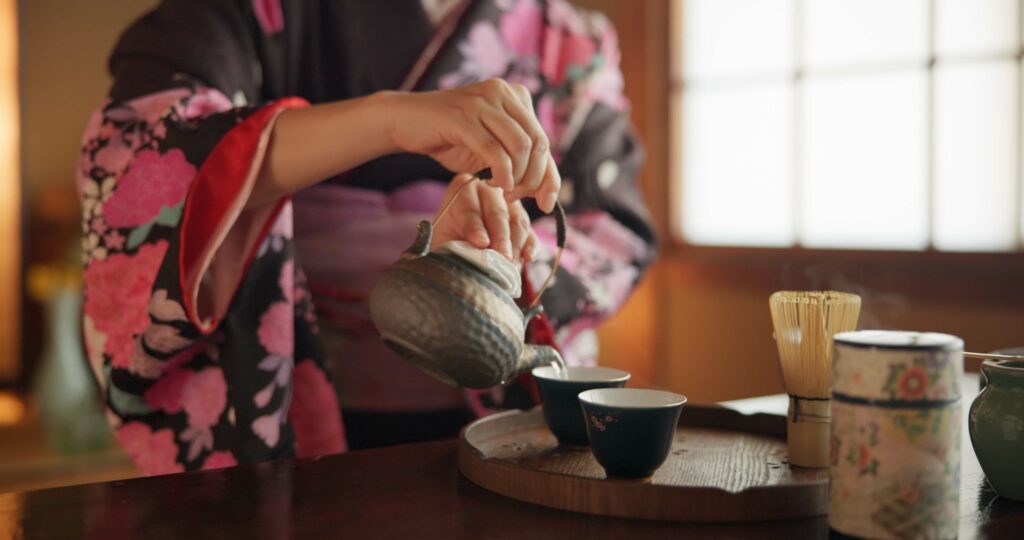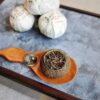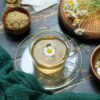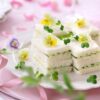
For tea enthusiasts, there’s nothing quite like the rich tapestry of traditions surrounding this beloved beverage. From the misty mountains of Japan to the bustling souks of Morocco, tea ceremonies offer a window into the soul of a culture. Let’s embark on a flavorful journey through some of the world’s most captivating tea rituals.
The Japanese Way: Chanoyu
Imagine yourself kneeling on a tatami mat, the soft whisper of a bamboo whisk against ceramic filling the air. This is the world of Chanoyu, the Japanese tea ceremony.
Dating back to the 12th century, Chanoyu is more than just drinking tea—it’s a choreographed art form. The host meticulously prepares matcha, a vibrant green powdered tea, in a series of graceful movements. Each gesture, from the way the tea bowl is turned to how the chasen (tea whisk) is rinsed, carries deep symbolic meaning.
The heart of Chanoyu lies in the concept of ichi-go ichi-e (一期一会), which translates to “one time, one meeting.” This philosophy reminds participants to treasure each moment, as it can never be replicated.
In modern Japan, while traditional tea houses still exist, you’ll also find tea ceremony experiences in contemporary settings, allowing more people to connect with this ancient practice.
Chinese Gongfu Tea Ceremony: The Art of Precision
Travel westward to China, and you’ll encounter the Gongfu tea ceremony—a practice that elevates tea brewing to an exacting science.
Originating in the Song Dynasty (960-1279), Gongfu cha focuses on bringing out the best flavors in oolong and pu-erh teas. The ceremony uses small clay teapots and cups, with multiple short infusions that allow the tea’s character to unfold gradually.
The ritual begins with the warming of the teapot and cups, followed by the precise measurement of tea leaves. As hot water is poured over the leaves, a heavenly aroma fills the air. The first brew is often discarded, used only to “awaken” the leaves.
Today, while traditional Gongfu ceremonies are still practiced, many tea shops offer simplified versions, allowing tea lovers to experience this meticulous art form.
Korean Tea Ceremony: Darye
In Korea, the tea ceremony, known as Darye, reflects the country’s emphasis on harmony with nature.
Rooted in Buddhist traditions, Darye gained popularity during the Goryeo Dynasty (918-1392). The ceremony often takes place in a traditional Korean house or pavilion, with a view of nature to enhance the experience.
Green tea is typically used, often served in celadon pottery that mimics the soft green hues of young leaves. The movements in Darye are slow and deliberate, encouraging mindfulness and appreciation for the present moment.
While less known globally than its Japanese or Chinese counterparts, Darye is experiencing a revival among young Koreans seeking connection with their cultural heritage.
British Afternoon Tea: A Social Affair
Cross continents to the British Isles, and you’ll find a tea ceremony of a different flavor—the beloved tradition of afternoon tea.
Introduced in the 1840s by Anna, the Duchess of Bedford, afternoon tea was born out of a desire to ward off hunger between lunch and dinner. What started as a private indulgence soon became a social event.
Picture tiered stands laden with delicate finger sandwiches, scones with clotted cream and jam, and an array of petite pastries. The tea—often a robust black blend like Earl Grey or English Breakfast—is served in fine bone china cups.
While the formal affair at luxury hotels remains popular, many Britons have adapted the tradition for home, creating their own relaxed versions of this cherished ritual.
Moroccan Tea Ceremony: A Symbol of Hospitality
Our journey concludes in Morocco, where the tea ceremony is a vibrant expression of hospitality.
Moroccan mint tea, a blend of green tea, fresh mint leaves, and sugar, is at the heart of social life. The ceremony begins with the host carefully washing the tea leaves before adding them to a silver teapot along with mint and sugar.
The tea is then poured from a height into small glasses, creating a frothy top. This pouring is often done three times, following the proverb: “The first glass is as bitter as life, the second is as strong as love, the third is as soothing as death.”
In modern Morocco, while the elaborate ceremony might be reserved for special occasions, the act of sharing tea remains a daily ritual of friendship and welcome.
From the meditative silence of a Japanese tea room to the lively chatter around a Moroccan tea tray, each of these ceremonies offers a unique window into its culture. As tea enthusiasts, we’re privileged to have such a rich world of traditions to explore.
Why not deepen your appreciation for these beautiful rituals? Consider attending a local tea ceremony, or try recreating one at home. Each sip is an opportunity to connect with centuries of history and culture.
What’s your favorite tea ceremony? Share your experiences in the comments below!






